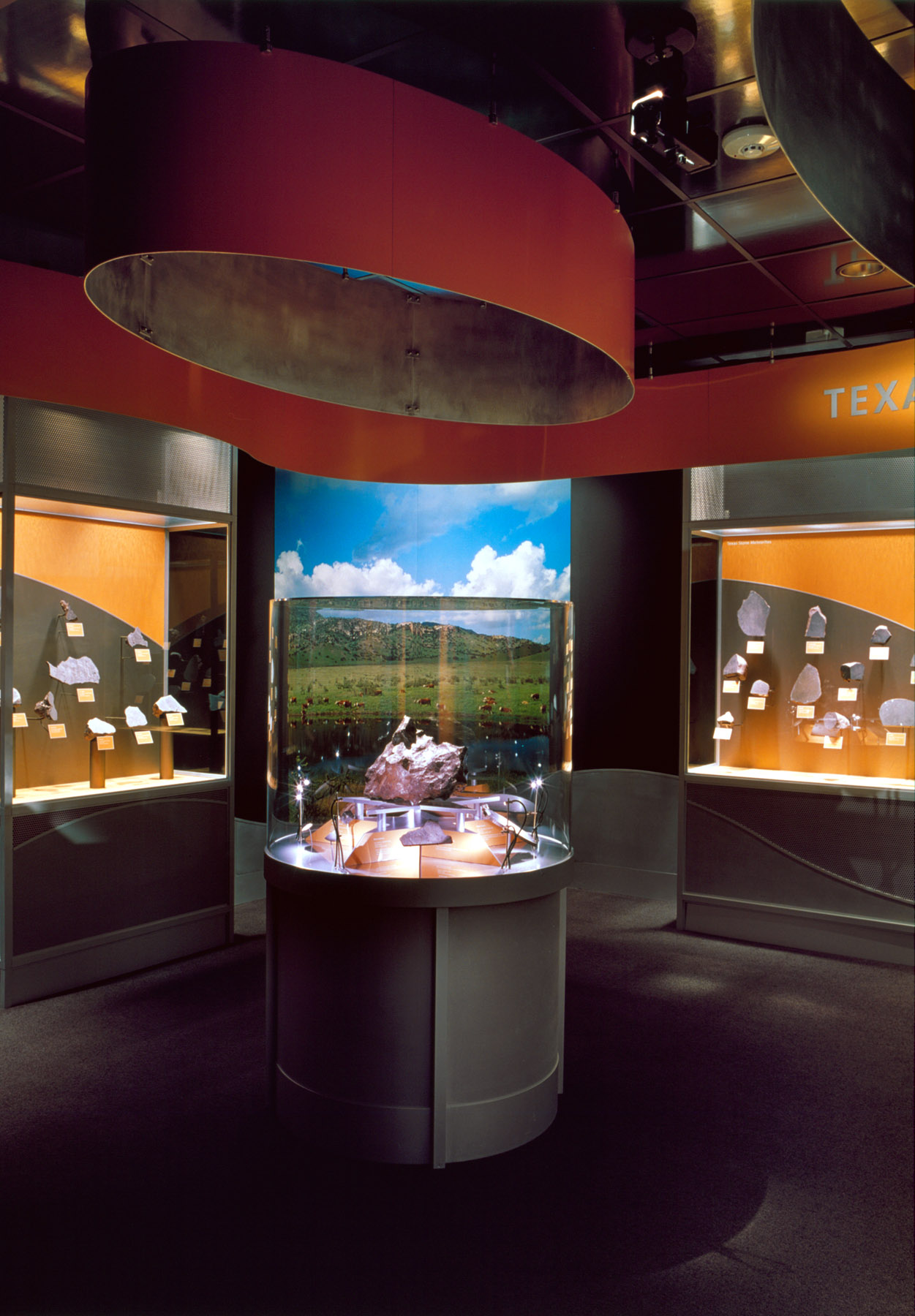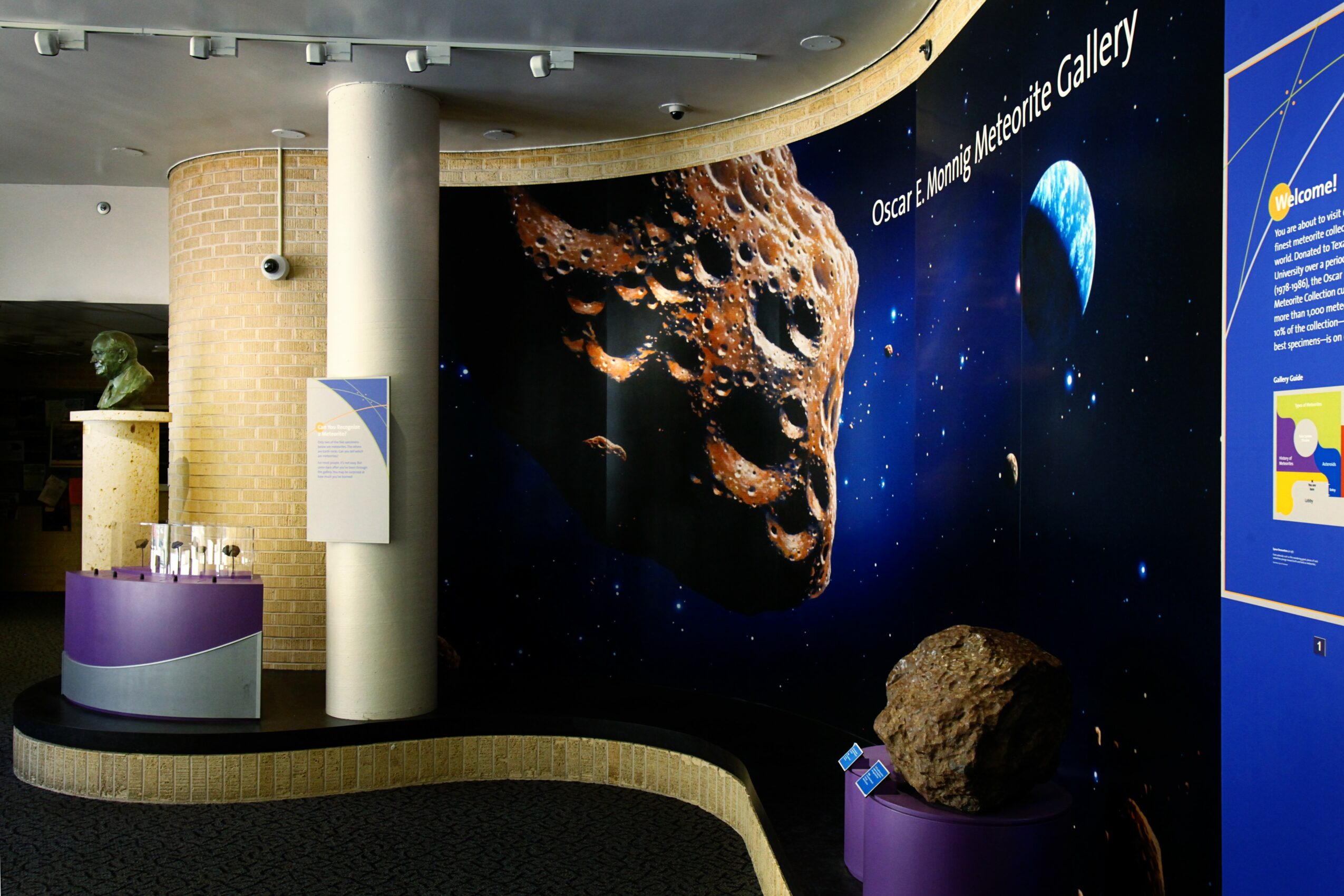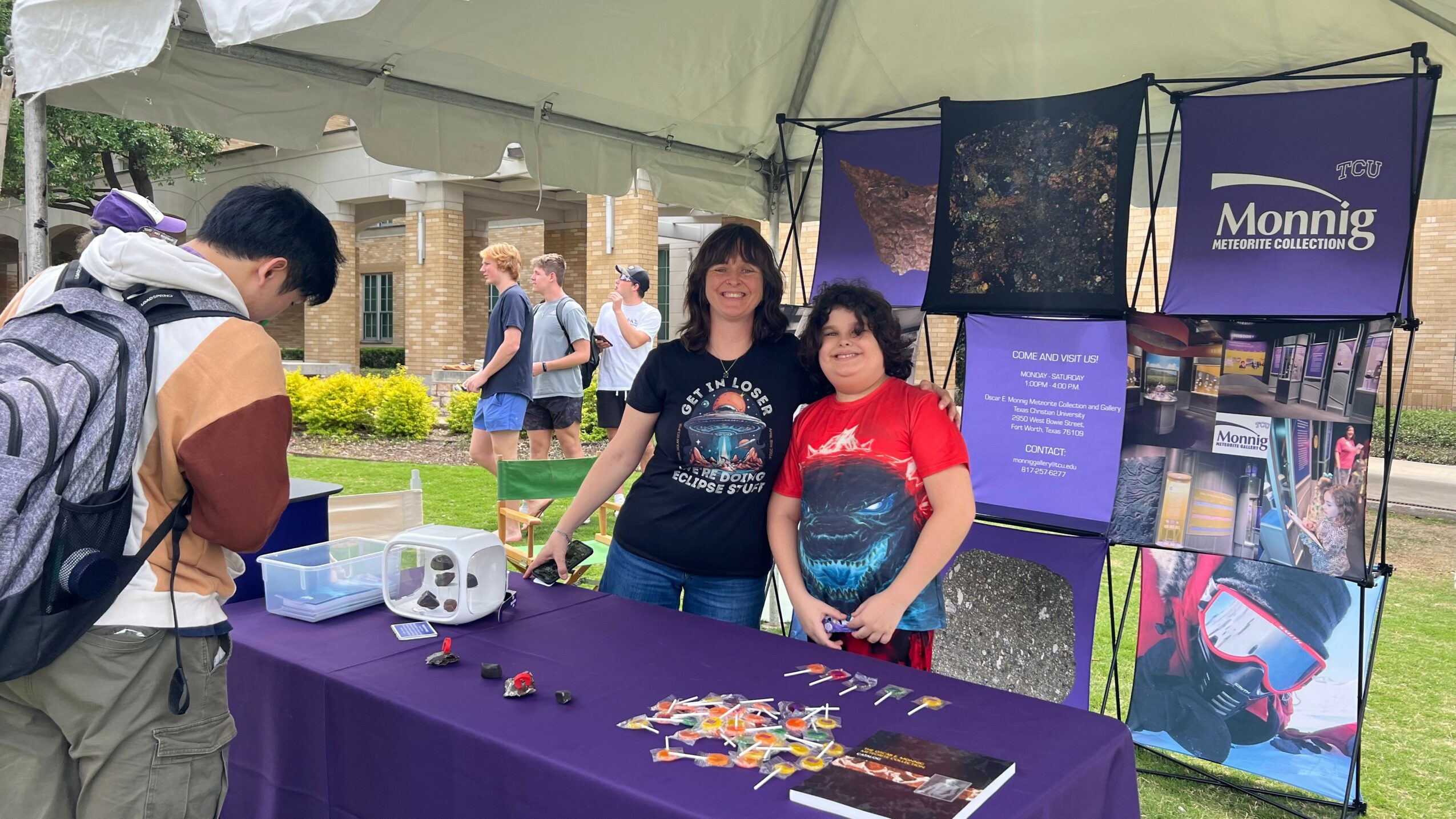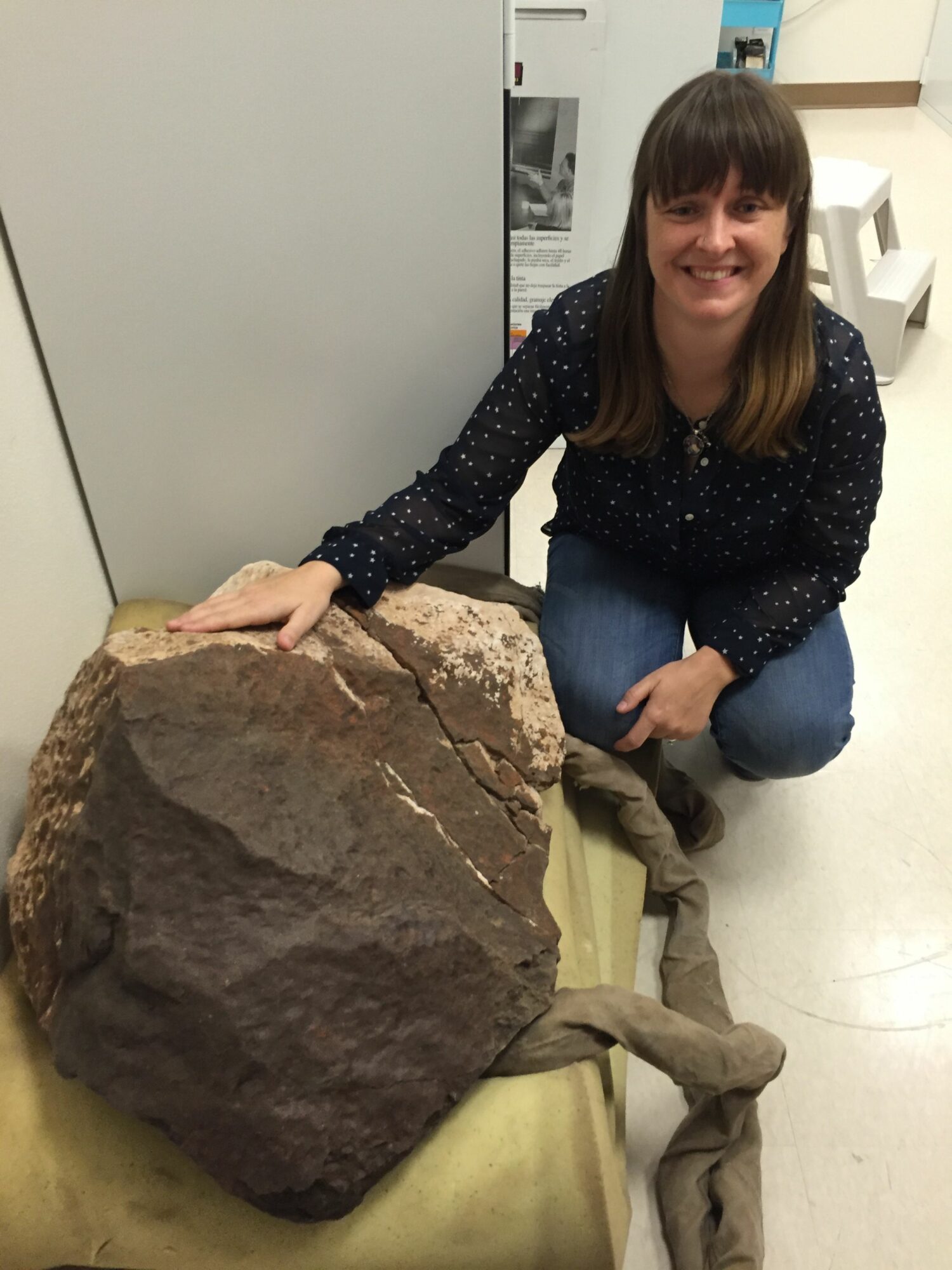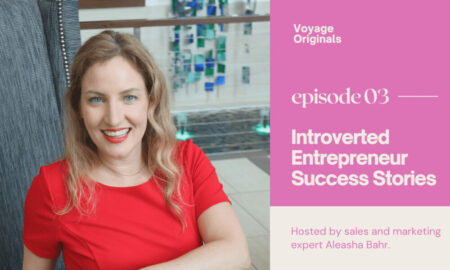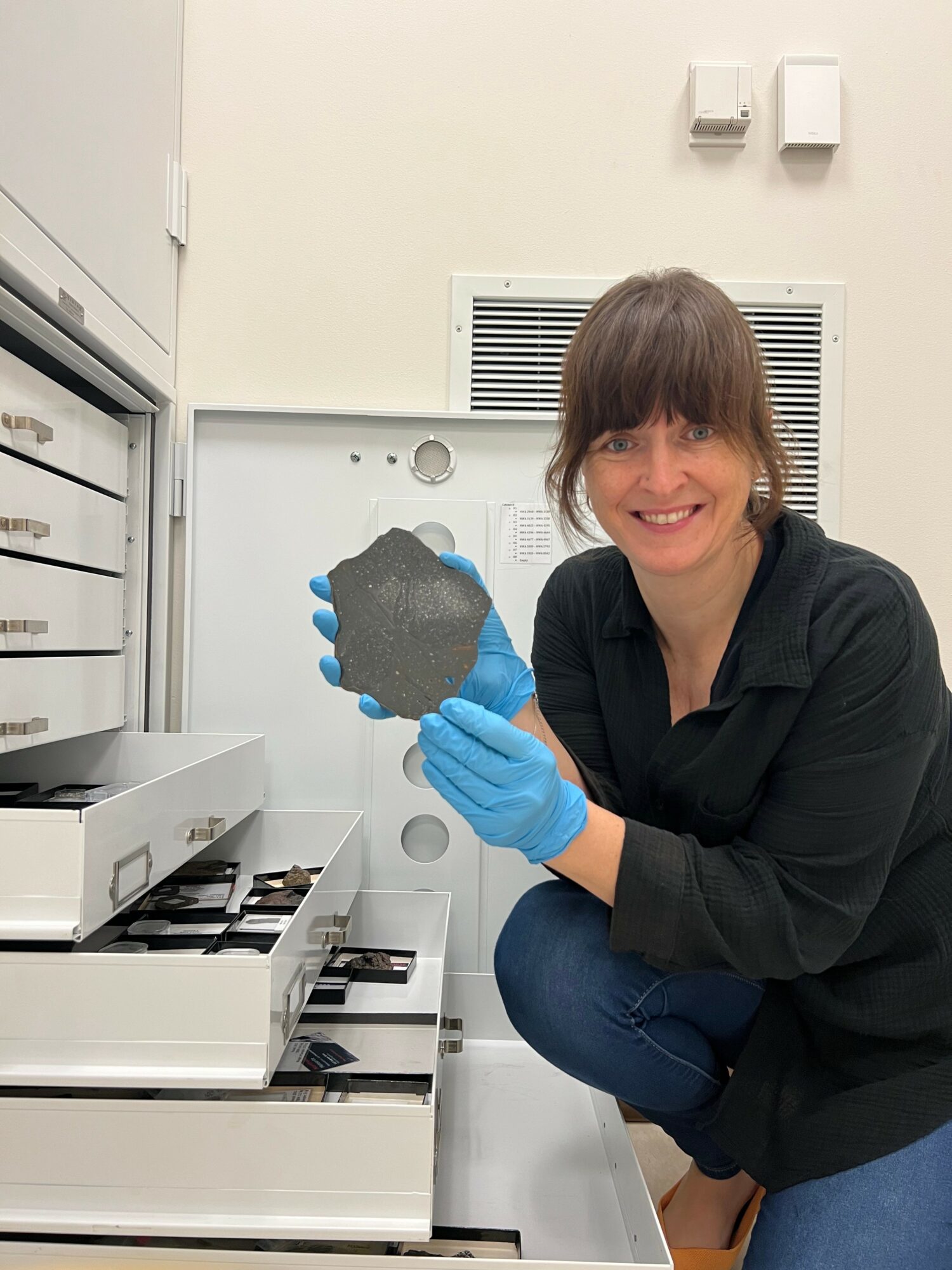

Today we’d like to introduce you to Rhiannon Mayne.
Hi Rhiannon, we’re thrilled to have a chance to learn your story today. So, before we get into specifics, maybe you can briefly walk us through how you got to where you are today?
I grew up in the UK, the daughter of two teachers; my mum is a mathematician (and was even my principal), and my dad was an English teacher. So, perhaps, it’s no surprise I ended up in a career that mixes science and storytelling.
I didn’t actually start out intending to work with meteorites. I wanted to study Astrophysics, but a school career counselor told me that was “too niche,” and that I should apply for Physics instead. In a rare moment of acquiescence, which much have quite shocked my parents, I did exactly what she said. Fast forward two years to exam results day: I panicked, looked at my parents and said “I don’t want to do Physics.” Now a parent myself, I can only marvel at their calm response as they nodded and set about helping me find a new direction. Less than two months later, I started a Geophysics degree at Edinburgh University, a city I adored and a topic I knew nothing about save its appearance on an archeology show I loved. I had never taken a Geology class and yet I was immediately fascinated with the subject and transferred to Geology within my first semester.
During my degree, I attended a talk on meteorites that completely changed my trajectory. I was captivated by the idea that tiny rocks from space could tell us the story of our solar system’s formation and before the lecturer had even finished speaking, I’d decided to pursue a Ph.D. in Meteoritics. I went on to earn my Ph.D. at the University of Tennessee, working on meteorites that had traveled from the asteroid belt to Earth. After a postdoc at the Smithsonian Institution’s National Museum of Natural History, I joined Texas Christian University as the Curator of the Monnig Meteorite Collection and Gallery.
Fifteen years later, I’m still here—teaching, doing research, playing with pieces of space, and sharing the wonder of planetary science with students and the public every day. I owe much to Oscar Monnig, whose vision and dedication to collecting meteorites laid the foundation for this incredible scientific collection. His generous gift to TCU is an amazing legacy.
Alright, so let’s dig a little deeper into the story – has it been an easy path overall and if not, what were the challenges you’ve had to overcome?
Like most journeys, it’s had its bumps, but I’ve been lucky to have mentors who lifted me up and colleagues who modeled what real scientific community looks like along the way. Balancing everything that comes with a small museum staff can be difficult (in my case, it’s mostly just me)—research, teaching, curation, and public outreach.
Living far from family has also been a challenge. My parents and many close friends are still in the UK, and while the internet makes it easier to stay in touch, it’s not quite the same as being there for everyday moments, or being able to pop round for a cup of tea. Still, I wouldn’t trade it, this is my dream job. Teaching others about this field is a privilege, the ability to work with samples, collectors, scientists, donors, students, and the public means I may always be over-committed, but I am never bored!
Thanks for sharing that. So, maybe next you can tell us a bit more about your business?
The Monnig Meteorite Collection and Gallery at Texas Christian University is one of the largest university-based meteorite collections in the world. It’s an extraordinary resource for both research and education. I oversee everything from research and preservation to public education and outreach.
What sets us apart is accessibility. The Monnig is a free, public museum that invites everyone, from school children to scientists, to experience planetary science firsthand. It is open (as long as TCU is) every Monday through Saturday 1-4pm.
I also take meteorites out into the community, bringing real space rocks to classrooms and events across Texas. Unlike many museum collections, the Monnig is deeply embedded in an academic environment, which allows us to bridge cutting-edge research with hands-on education. Students at TCU can work directly with these extraterrestrial materials, and the public can engage with real science in meaningful ways. The Monnig Collection is not just preserving rocks from space, it’s inspiring the next generation of planetary scientists and sharing the wonder of our solar system’s history.
I’m proud that the Monnig is a place where people can see themselves in science, where curiosity, not credentials, is the entry point. The Monnig’s “brand” is about connection: connecting people to science, to wonder, and to the universe we’re all a part of.
What do you like best about our city? What do you like least?
What I love most about the DFW area is that it’s a big metropolitan region that somehow still feels personal. My parents love to visit because it is full of great museums, good food, and genuinely kind people. TCU is a wonderful place to work, and I feel lucky every day to have such supportive colleagues and curious, engaged students. It’s also been a great place to raise a family.
What I like least? Definitely the traffic on I-35 and the Texas summer heat, my British genes simply aren’t built for it! Honestly, I relate a bit to I-35: constantly a work in progress.
Contact Info:
- Website: https://monnigmuseum.tcu.edu/
- Facebook: https://www.facebook.com/MonnigMeteoriteGallery
